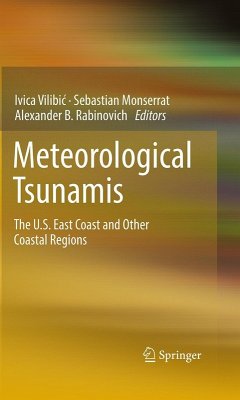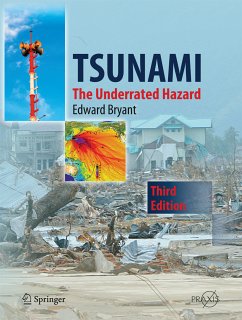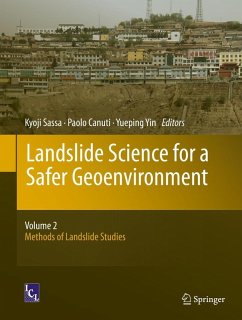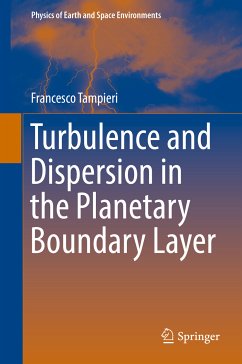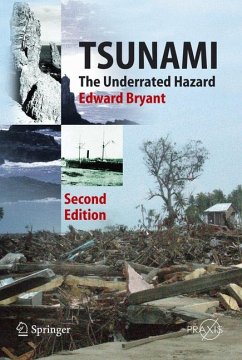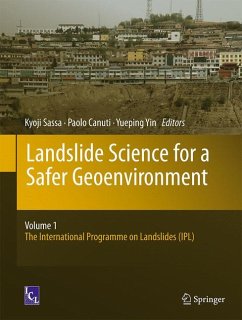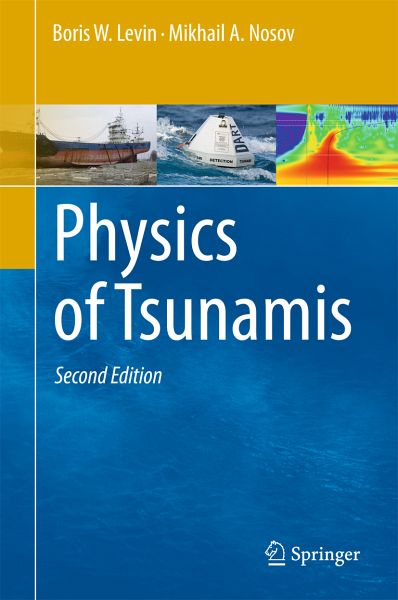
Physics of Tsunamis (eBook, PDF)
Versandkostenfrei!
Sofort per Download lieferbar
72,95 €
inkl. MwSt.
Weitere Ausgaben:

PAYBACK Punkte
36 °P sammeln!
Presents updated knowledge on physics of tsunamis and recent events plus advances in tsunami models
Reflects significant progress in tsunami research, monitoring and mitigation over the last decade
Presents a profound review of the methods of tsunami monitoring
Reflects significant progress in tsunami research, monitoring and mitigation over the last decade
Presents a profound review of the methods of tsunami monitoring
Dieser Download kann aus rechtlichen Gründen nur mit Rechnungsadresse in A, B, BG, CY, CZ, D, DK, EW, E, FIN, F, GR, HR, H, IRL, I, LT, L, LR, M, NL, PL, P, R, S, SLO, SK ausgeliefert werden.



